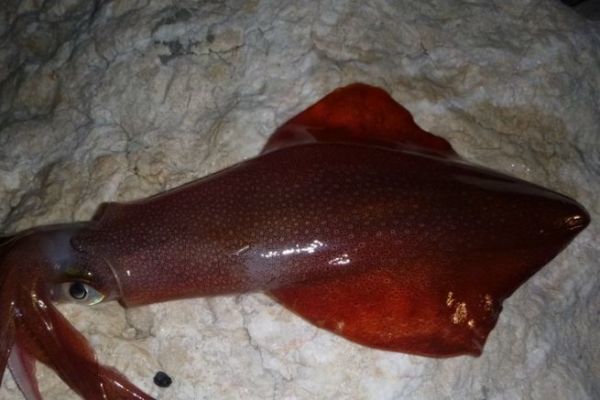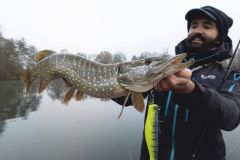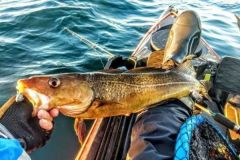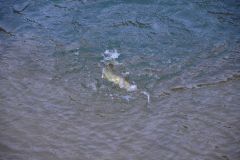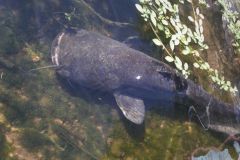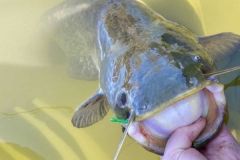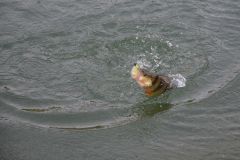Fishing with small fish
The squid is a predator that feeds mainly on small fish such as sardines and mackerel, and is generally fished at night to take advantage of its intense nocturnal activity.
Sardines are often used to eschew (set) bait, but can be fragile, so stronger fish such as mackerel or mullet are preferred. These are held in place on a needle jig or elastic thread to prevent them from tearing easily during casting or animation. There are also classic jigs on which you can add a piece of fish to increase attractiveness.
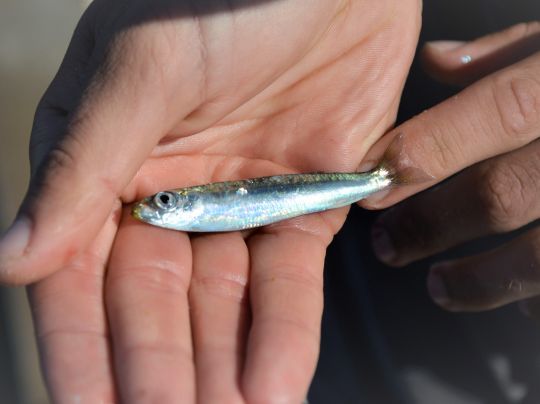
How to fish for squid?
The basic equipment includes a light to medium casting rod, a reel with fine braid for better sensitivity and a fluorocarbon leader for discretion.
The bait used can be fresh dead fish (sardines, mackerel, bogue) attached to a needle jig, a lure specific to this cephalopod consisting of a basket of very fine, barbless hooks designed to prick the squid's tentacles. The needle jig can be fitted with a lighted float for night fishing, making it easier to detect bites and position baits precisely at the right depth.
Remember to animate
The technique consists of letting the bait sink to the bottom, then animating it with small jerks or up-and-down movements to imitate a frightened fish (known as "waddling" or "tataki" animation). It's important to prospect different water layers, as squid often move in shoals at different levels. Tackling must be precise but delicate. Unlike fish, squid cling to their tentacles, hence the absence of barbs on hooks, and you must avoid slackening the line so as not to unhook them.
Squid fishing is often most productive in the evening, at dusk, and on full-moon nights when its activity increases, particularly near depths of 15 to 300 meters depending on the area. Whether by boat or from shore, patience and gentle handling are key. When the squid is hooked, the ascent must be regular and under constant tension, and it is advisable to salabre the catch to prevent it escaping.
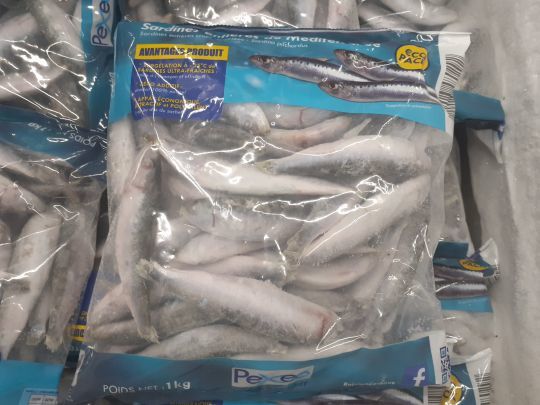
To improve performance, you can use starlites (artificial light) placed one metre above the jigs to attract these cephalopods, which are sensitive to low light intensity. In the event of a stall, it is advisable to retry the animation immediately, as squid are often ready to grab the bait again.
Squid bait fishing relies on the right equipment, the use of fresh, well-presented bait, sensitive and varied animation, as well as special attention to nocturnal and lunar timing to maximize catch chances. Practised on a regular basis, this playful fishery offers great sensations and tasty catches.

 /
/ 